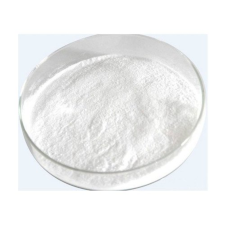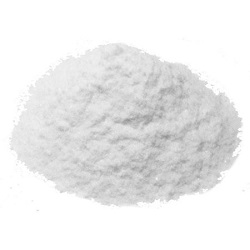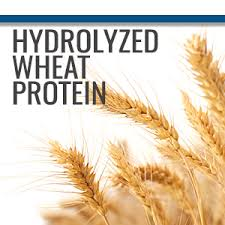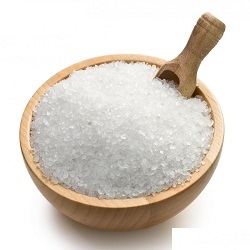Description
L-Glutathione (Reduced Form) is a powerful antioxidant used in dermatology for skin brightening and skin lightening.
Glutathione is an antioxidant present in plants, animals, fungi, and some bacteria. Glutathione is capable of preventing damage to important cellular components caused by sources such as reactive oxygen species, free radicals, peroxides, lipid peroxides, and heavy metals. It is a tripeptide that consists of 3 amino acids, cysteine, glutamic acid, and glycine. It is naturally found in the skin where it protects the skin against environmental damage.
There are two types of glutathione, both are interconvertible:
- Reduced Glutathione (GSH or L-Glutathione) : This is the active form of the antioxidant.
- Oxidized Glutathione (GSSG) : This is the inactive form of Glutathione.
Under physiological conditions, most of it is in its reduced form only. It works on the free radicals in the cellular environment and gets oxidized and becomes inactive, thus turning to GSSG. The good part is that it can be converted back to its active form through the glutathione reductase enzymes present in our body.
Benefits
Glutathione is abundantly present in all the cells of the body, it is a powerful antioxidant and has many vital benefits.
- Anti-Melanogenic Properties: Glutathione stimulates pheomelanin synthesis rather than the darker melanin. Pheomelanin is lighter in color (yellow-red), so, an increase in the proportion of pheomelanin is associated with lighter skin color. It interferes with the trafficking of melanogenic enzymes, inhibits tyrosinase activity, and melanosome transfer in various ways. A study showed that Glutathione was superior to 2% Hydroquinone in reducing the melanin index of skin.
- Anti-oxidant Properties: Glutathione has the ability to scavenge the free radicals that damage the skin when exposed to UV rays or any other environmental damage. These free radicals can otherwise induce melanogenesis (melanin formation), and cause tissue damage leading to wrinkles, inflammation, and more.
- Anti-aging properties: It increases collagen stimulation, thereby reducing wrinkle formation, and also helps to improve skin moisture levels.
It is a potent antioxidant that can help prevent free radical damage to the skin caused by the sun, pollution, and smoking. It is found in many creams and lotions. It is a powerful antioxidant that provides skin-brightening and skin-lightening. It has been called the ‘Wonder drug’ for treating issues related to hyperpigmentation. It reduces acne scars, blemishes, and dark spots.
It stimulates pheomelanin synthesis rather than the darker melanin. Pheomelanin is lighter in color (yellow-red), so, an increase in the proportion of pheomelanin is associated with lighter skin color. It interferes with the trafficking of melanogenic enzymes and inhibits tyrosinase activity, and melanosome transfer in various ways.
Due to its antioxidant properties, it has the power to scavenge the free radicals that cause skin ageing when exposed to UV rays or other environmental toxins. Otherwise, these free radicals can trigger melanogenesis (the production of melanin) and damaged tissue, resulting in wrinkles, inflammation, and other problems.
Safety profile
There is not enough reliable information on the safety and side effects of glutathione. It has been associated with skin irritation, redness, itching, and swelling, especially for people with sensitive skin. It may also lead to skin discoloration in some people.
It has a score of 1 on the Environmental Working Group (EWG’s) skin-deep scale, indicating a low potential for cancer, allergies, immunotoxicity, developmental and reproductive toxicity, and use restrictions. Overall the topical use of glutathione products is thought to be secure and rarely results in any negative side effects.
Formulation Guide
The above information is for general research purposes only and is not a representation or warranty of any kind. This material is not intended to diagnose, treat, cure or prevent any disease. The user of this material is solely responsible for determining fitness for any particular use; requesting and reviewing the applicable Material Safety Data Sheet; and compliance with all applicable laws and regulations. Terms and conditions apply





What others are saying
There are no contributions yet.